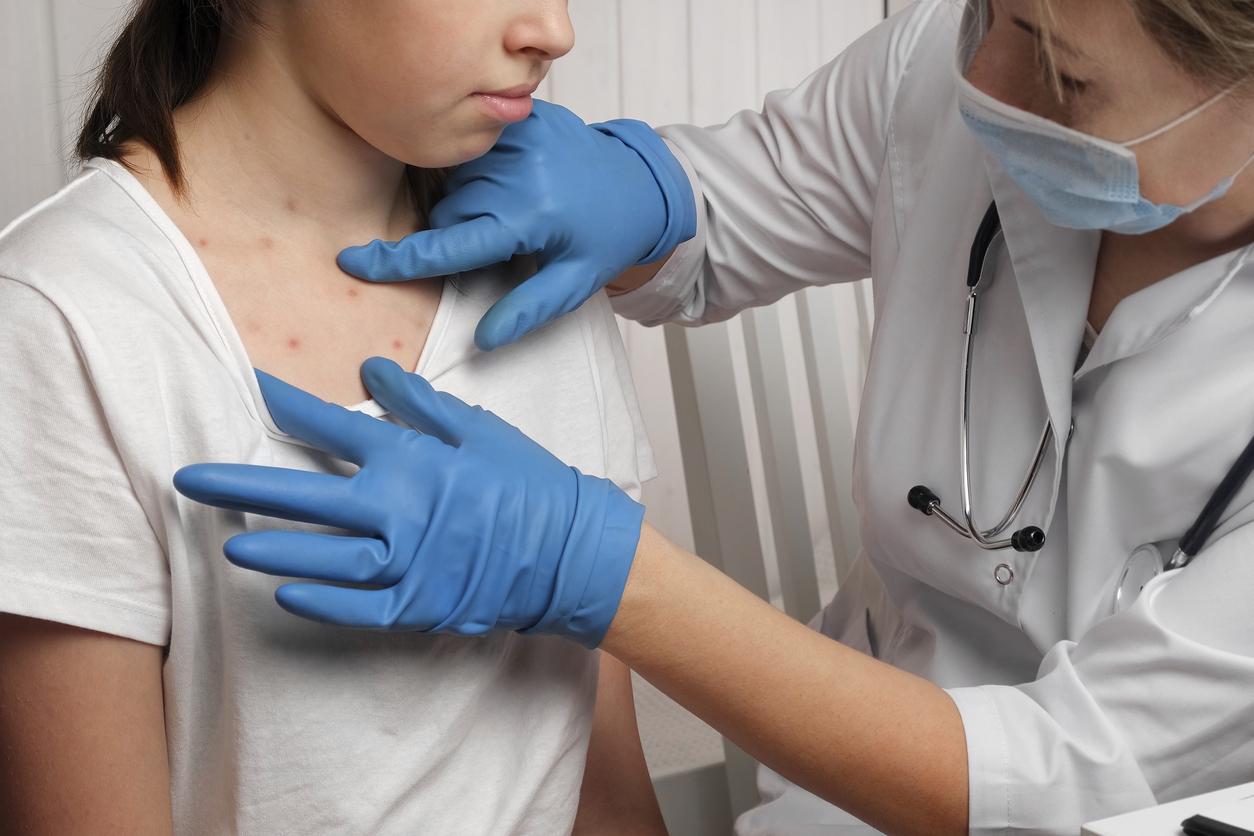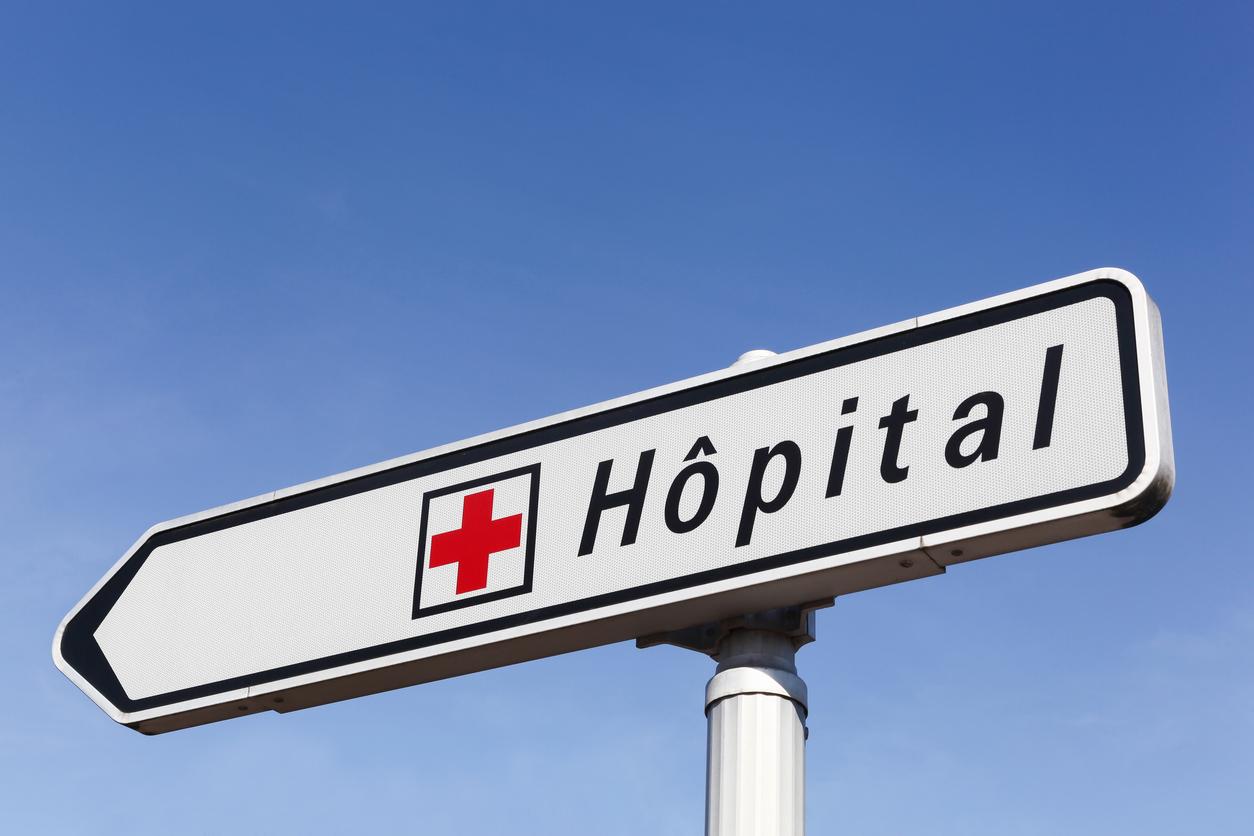The year 2020, with its confinements, has made an already alarming fact jump: the children in danger in France are very numerous. In 2018, 52,000 were reported as victims of various forms of violence. 27,000 complaints of sexual violence had been recorded. The Haute Autorité de Santé was alarmed to see that in France, we lacked data on this major health problem, but also an effective and equal means throughout the territory of detecting these dramatic situations.
Review and harmonize the detection of violence
On this observation, and at the request of the Directorate General for Social Cohesion, as part of the interministerial plan for demobilization and the fight against violence against children “I want to put an end to violence. And you?”, led by Adrien Taquet, Secretary of State for Child Protection, HAS has just detailed a new national framework about this question.
In concrete terms, several crucial points need to be improved:
- The assessment process must be centered on the child (or adolescent) and take an interest in all areas of his life, whether his physical state, but also psychological, of his schooling, his social life, his relations with the family, of its development. Every avenue must be explored.
- To do this, it is necessary improve the medical pathway, which must be multidisciplinary and better articulated. It must be decided between several specialists, such as psychologists, health professionals or social workers.
- The process must be participatory, specifies the HAS. Parents, teachers, relatives, friends, everyone in this extended network, and of course the child must participate.
A toolbox to carry out the evaluation correctly
These rules must allow all children in France to have access to the same means of detection. They will be applied within the departmental councils, which have Cells for the collection, processing and evaluation of information of concern (CRIP). To help them in this process, a toolbox is available to them, including several practical booklets.
They will allow you to have a methodology for following the evaluation process, from collecting worrying information to more technical questions such as: who does what? Who to contact next? What analysis can be drawn from this? A sort of checklist of the important steps for the evaluation to have been carried out correctly.
Source: HAS, Global assessment of the situation of children in danger or risk of danger: national reference framework, 20 January 2021.
Read also:
- 1 in 10 French people has already been a victim of incest
- 52,000 complaints of sexual violence filed in France in 2019


















